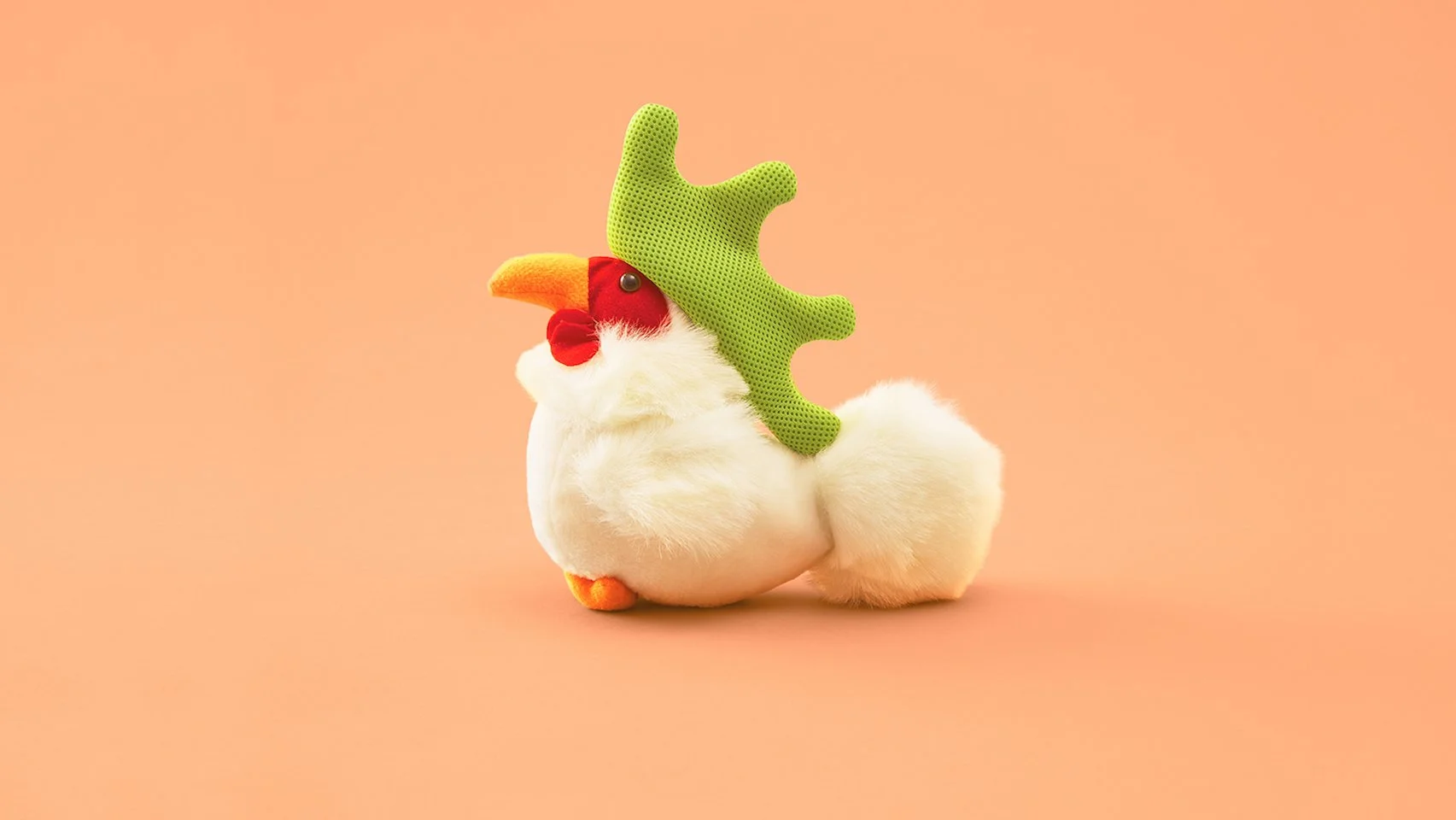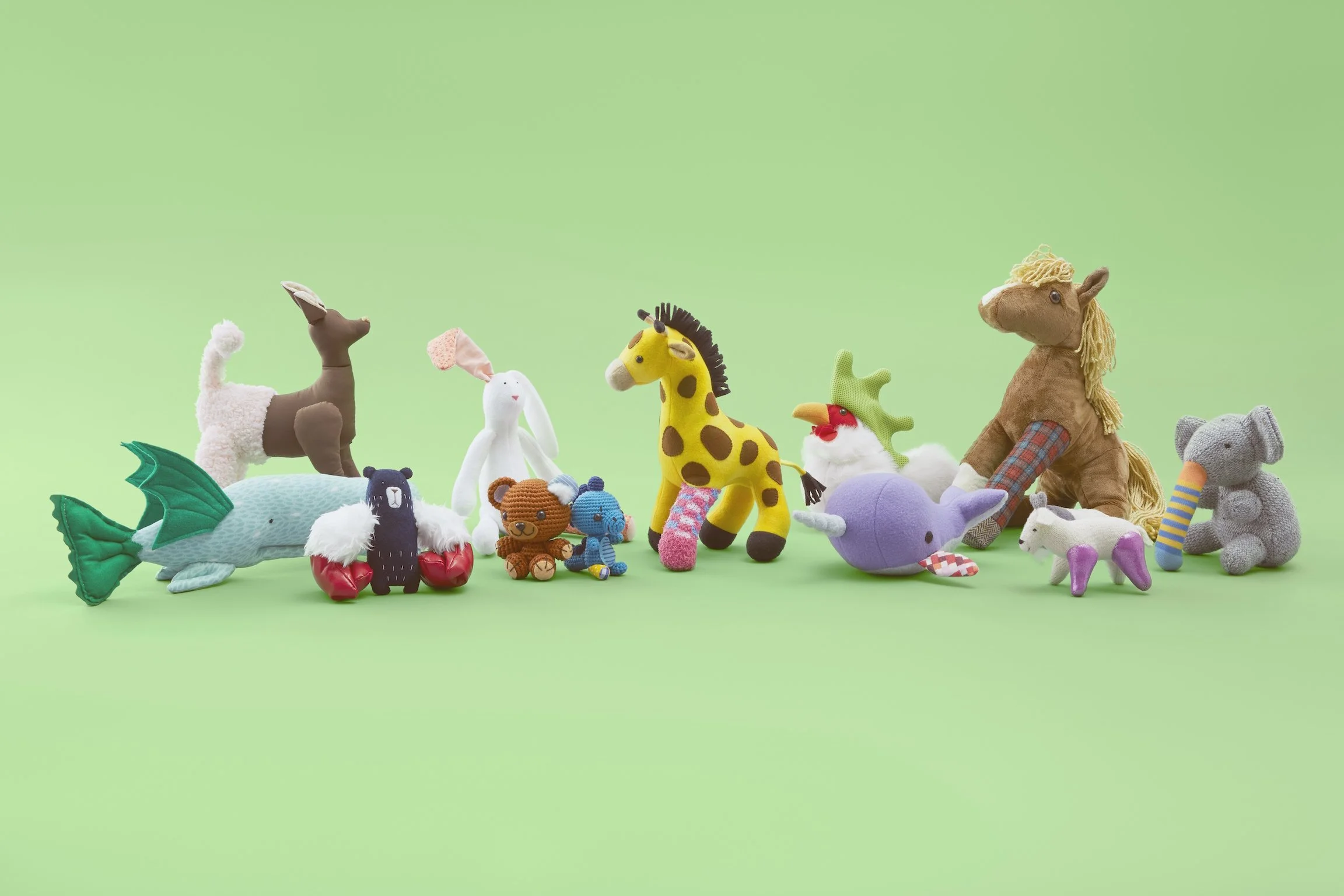In Japan, the number of child donor is significantly low: less than 10 organ transplant operations annually, nationwide. For example, the number of organ transplant operation done is only than 3.4% compared to the United States. The number in Japan is obviously deficient. In order to combat this situation, we had to communicate with parents and let them understand to further increase the potential number of organ donors.
In order to proliferate the understanding of organ transplant operation for parents, we performed an “organ transplant operation for toys.” We used toys that are no longer played to perform a transplant on broken toys to fix them. By not just simply fixing the broken part, but performing a transplant to the broken area, the task of “transplant” itself became visible. Moreover, by making the transplanted toys cute and evident as they are, we aimed that the people would recognize about the transplant, and made the toys as living manifestation of something important that keeps on living after changing its appearance. We designed the process to have mutuality, letting the recipient appreciate the transplant, but also reward the donor's act of giving, and communicate the meaning of being a donor through a thank you letter sent from the recipient.
The project has appeared on 1000+ media, worldwide, such as ABC, Channel8, Daily Mail, Huffington Post, Mashable, Engadget, and Wired. Moreover, Japanese celebrities such as top Olympic athlete, musician, politician, and actresses approved the campaign, and even had volunteers around the globe, requesting to collaborate with us. According to a research conducted by the Japan Organ Transplant Network, the number of people declared willing to offer their organs for transplant has increased 130% since the launch of the project. Moreover, the number of organ donor (after cardiac arrest) has increased 137% compared to the previous year. According to an agency research, after the launch of the campaign, the recognition of organ donor card increased by 19%. And people actually stating their will for the usage of their organs for transplant have increased by 9%. People who have spoken about the topic with their families have increased by 8%.
Upon creating the plush toys, we discussed thoroughly not to make the repaired toys to look like a "Frankenstein". We took extra caution to make the repaired plush toys to be represented not in a way something negative was made to a normal state, but rather, "empowered" through the transplant operation, which would communicate the meaning of organ transplant.












